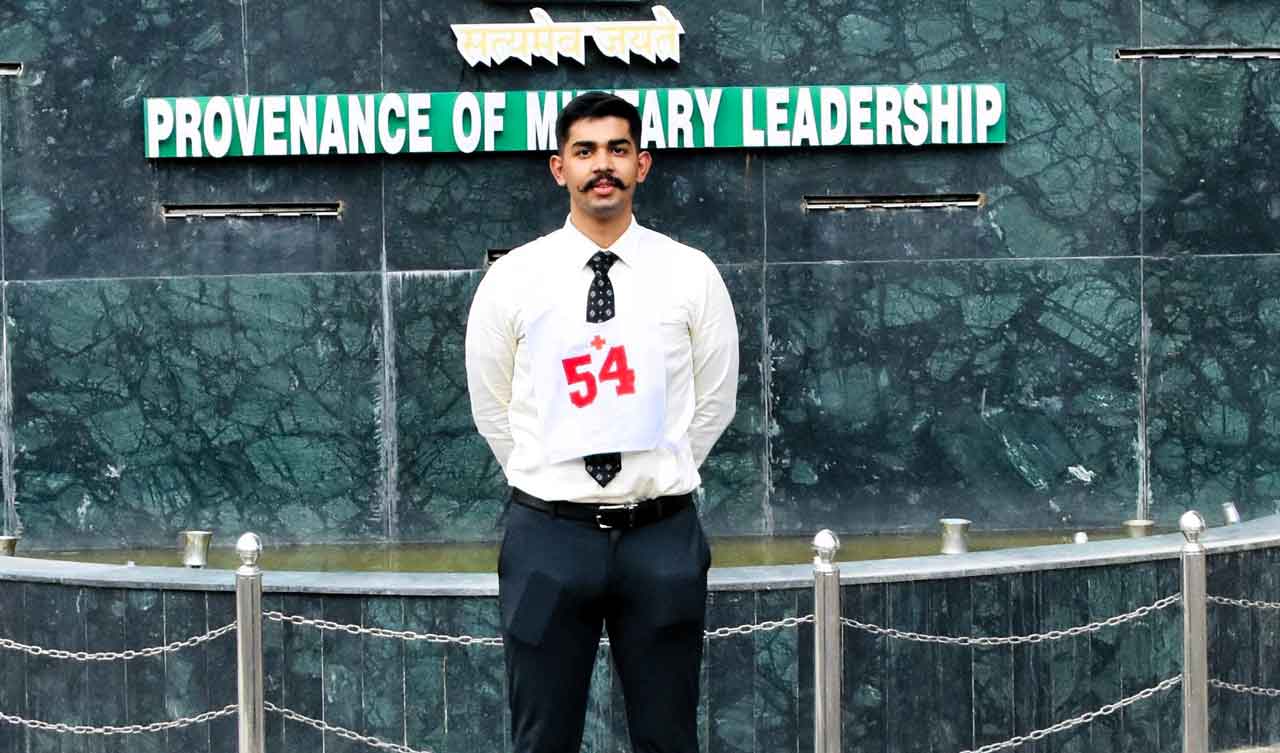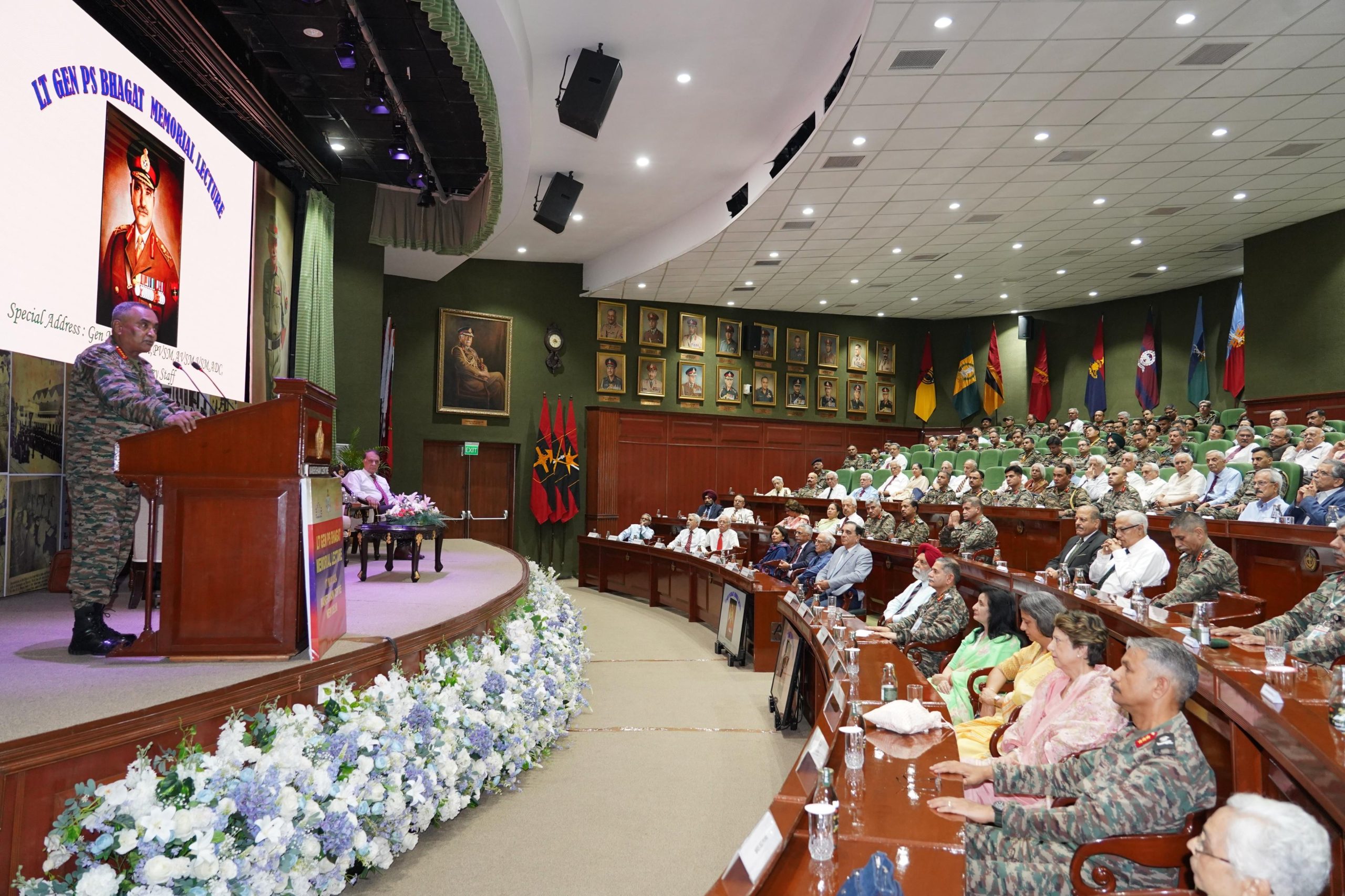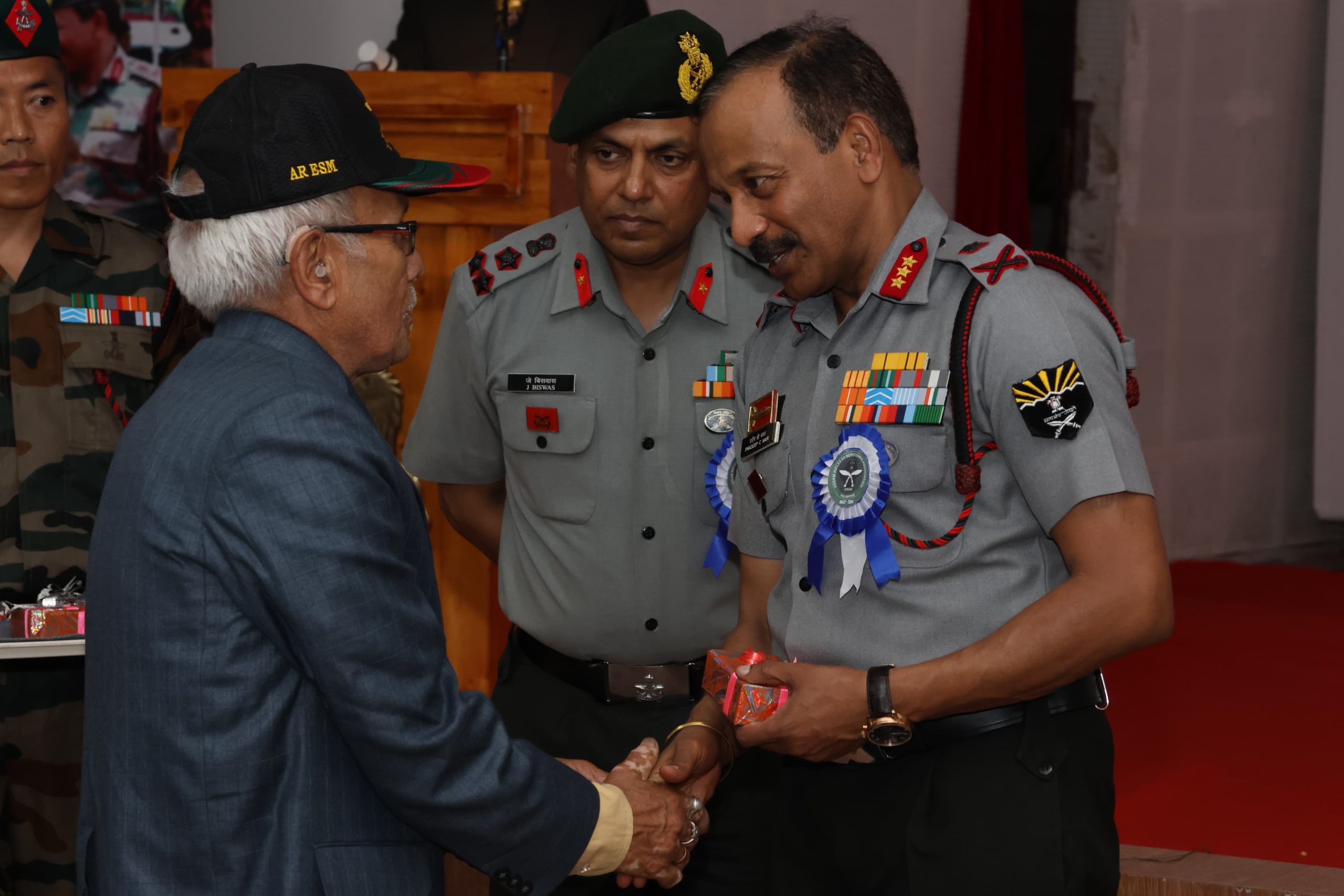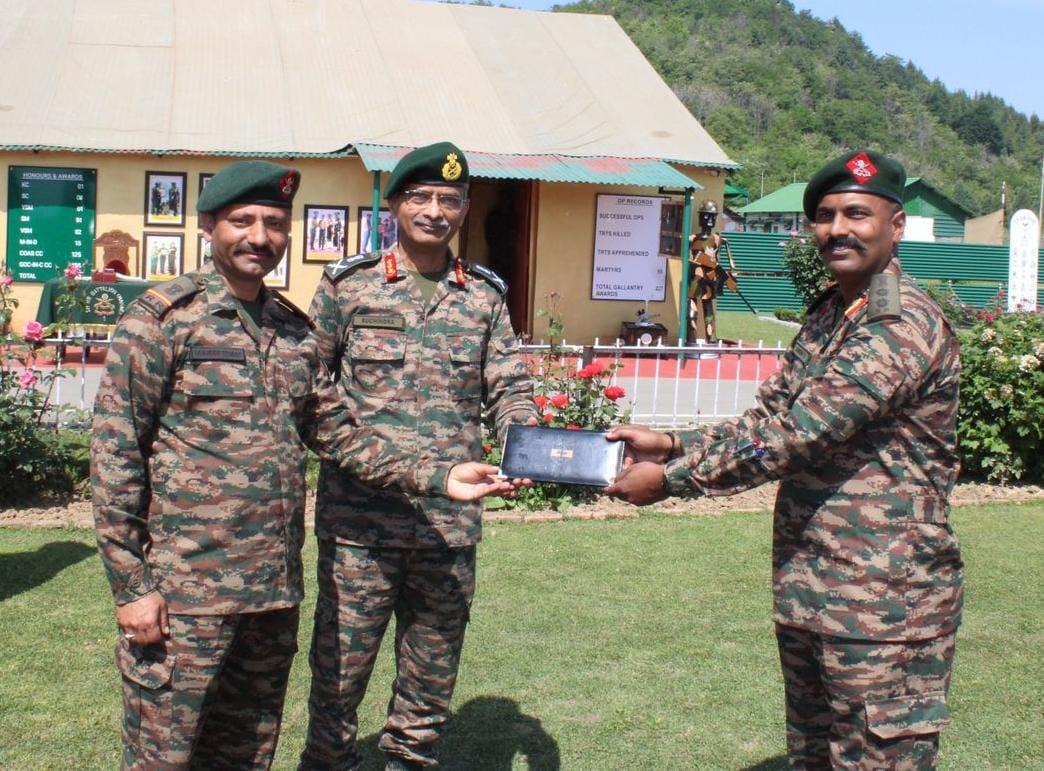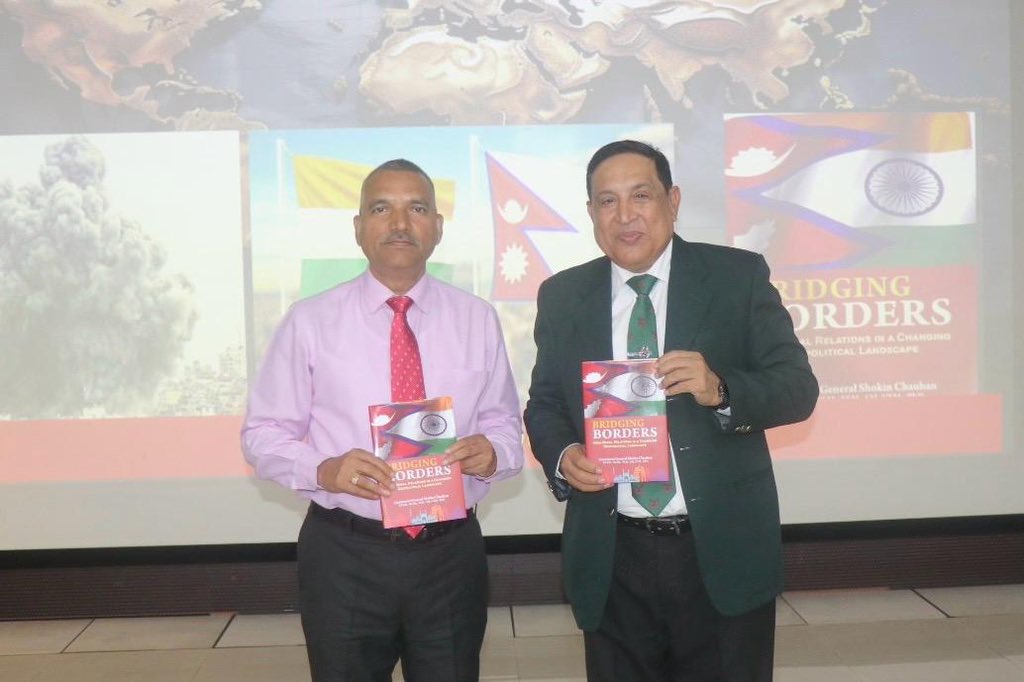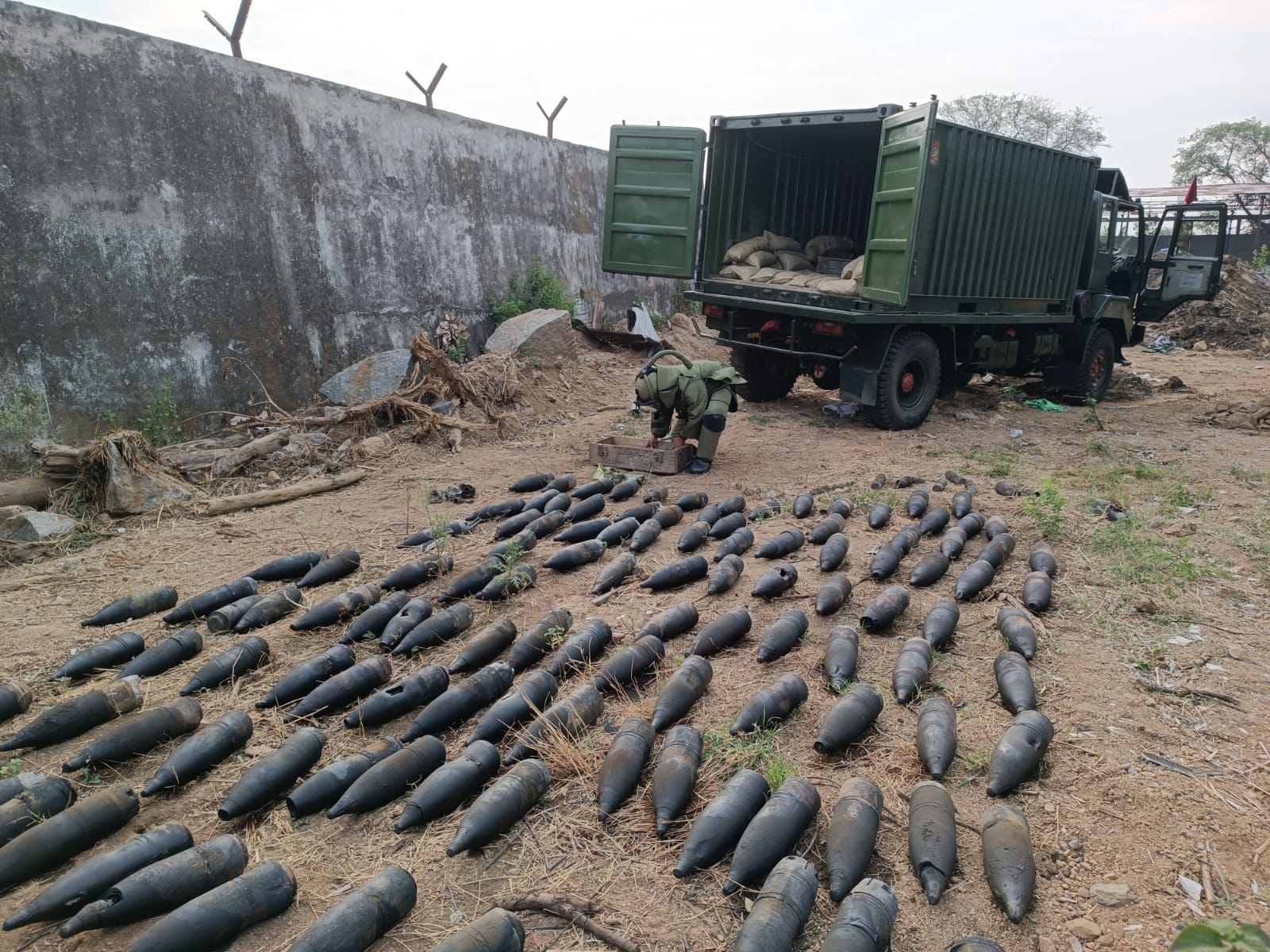How I Achieved AIR-1 in TGC 139 SSB Interview to Join the Indian Army
Jai Hind everyone, My name is Samyak Rai, and I’ve been fortunate enough to secure All India Rank 1 in…
Second Edition of Lieutenant General PS Bhagat Memorial Lecture Highlights Indian Armed Forces’ Role in Nation Building
The Indian Army, in collaboration with the United Services Institution of India (USI), organized the second edition of the “Lieutenant…
Assam Rifles Hosts Ex-Servicemen Rally in Kalimpong
The Assam Rifles, India's oldest paramilitary force, held an Ex-Servicemen Rally in Kalimpong under the theme “Serving Those Who Served…
Lt Gen MV Suchindra Kumar Reviews Security Situation with Victor Force
Lt Gen MV Suchindra Kumar, Army Commander of Northern Command, accompanied by the Chinar Corps Commander, visited Victor Force to…
Southern Command Hosts Enlightening Talks on Contemporary Issues
The forum at Headquarters Southern Command and its formations were recently treated to insightful discussions on pressing contemporary issues. The…
Indian Army’s Surya Command Assists in Clearance of Blast Site at Jabalpur Scrapyard
The Indian Army's Surya Command has come to the aid of the civil administration in Jabalpur by extending crucial assistance…

